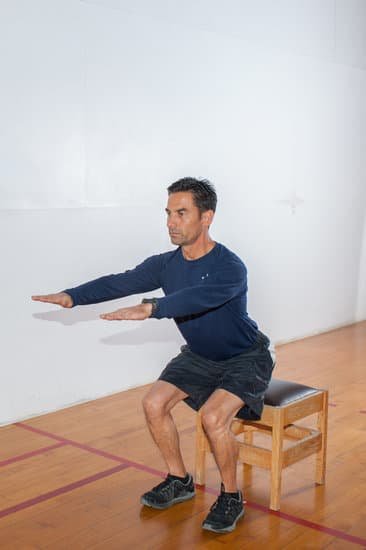
21 Oct Standing up and sitting down to build strength and prevent deconditioning
Neurological conditions including stroke, spinal cord injury, Parkinson’s or MS can affect the ability to generate power, making standing up more difficult. If walking is becoming increasingly difficult and you are not as mobile as you would like to be, this exercise important for preventing deconditioning and loss of muscle strength.
Sit to stand (or standing up and sitting down) is a simple exercise that only requires what you already have — your home furniture. To incorporate sit to stand exercises into your day, you could do this exercise while waiting for the kettle to boil or during TV commercial breaks.
A good starting point: If standing up is currently difficult, choose a higher seat height and seek assistance if required. You may need to use your arms to push to make standing up possible, but keep in mind that the goal of this exercise is to strengthen your legs. Therefore, as soon as possible you should aim to become less reliant on your arms . Position your feet fairly level and wide enough apart that another foot would fit between them. You should also make an effort to load both legs as equally before and during your stand.
Sit to stand can be easily progressed as you improve. Follow the tips below to help progress and optimise your sit to stands.
Know your variables and principles of progression
Completing the same exercise in the same way will only get you so far. Progression should be built into your exercise plan. Measuring the following variables and having a goal to progress each of them will keep you on track and make this exercise more rewarding.
The height of the chair
Chairs that are higher require less speed of movement and force generation to stand from. You will probably have chairs seats of varying heights within your home. An example of progression might be that once your able to stand 10 times in a row from your dinning table chair that you move the exercise to the couch that is lower.
Consider your foot position
Having one foot placed forward of the other will make you preference the other leg. If you have weakness on one side this can be used to bias the weaker leg and make it work harder. Having one foot placed on a higher surface (such as a box or stool) will also demand the other leg to work harder.
Consider use of arms
You may need to use your arms achieve standing. If this is the case for you, consider how much you are using your arms. Your goal to work towards might be to progress to using just one arm, and then to not using your arms at all.
Speed of movement
The time taken to complete your repetitions is another variable that can be improved upon. For example, initially it might you 60 seconds to complete 5 repetitions. A goal might be to complete 5 repetitions in 45 seconds following a week of practice.
Number of repetitions
Simply increasing the number of repetitions is another way to work towards progress. The number of repetitions may reduce again once you change other variables such as using a lower chair height.
How often exercise is completed
The frequency of exercise completion can also be a measure of progress, an example might be increasing the number of times from once every second day to once a day.
By using an objective approach with these variables, it will help you with motivation and keep you on track to improve your leg strength and prevent deconditioning.
How can Equip Rehabilitation help with optimising your sit to stand?
- We provide tailored exercise programs that are specific to the goal you need to achieve.
- The exercises are made to be challenging but achievable.
- We can assist and utilise our equipment to make a safe environment to practice.
- We can assess where you may be having trouble and give you some handy tips to get it right.
- We provide advice and education about how many and how frequently you should practice to achieve your goal.



No Comments